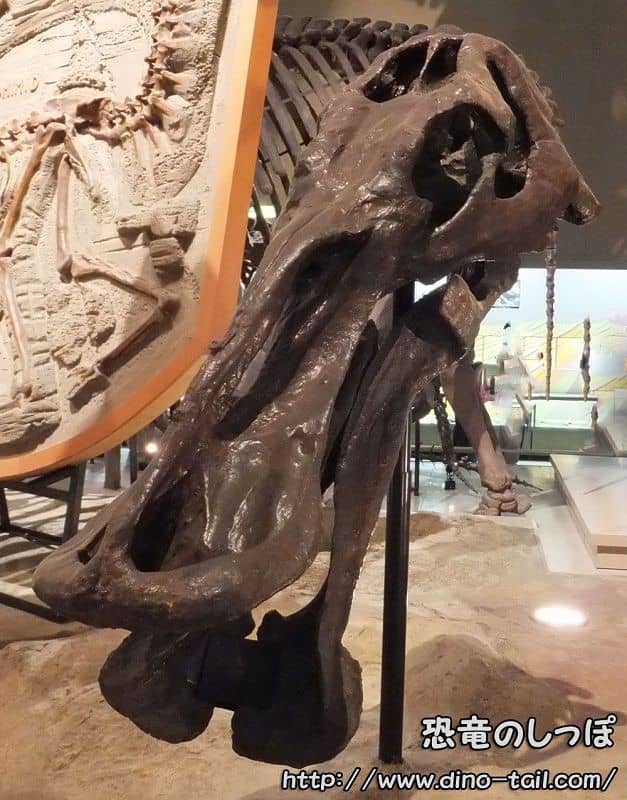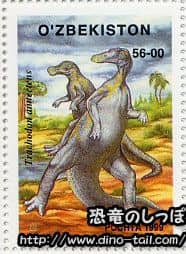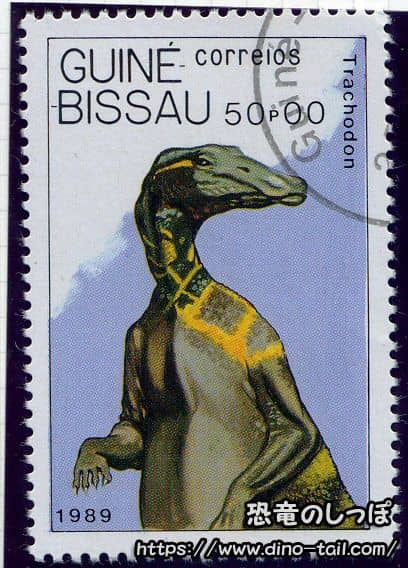About Anatotitan
| Scientific Name (Genus) | Anatotitan (now included in the genus Edmontosaurus) |
| Meaning of Name |
Giant duck
anas (duck) [Latin] - Titan (giant) [Greek] |
| Classification | Ornithischia, Ornithopoda, Hadrosauridae |
| Total Length | Approx. 9-12m |
| Diet | Herbivorous |
| Period | Late Cretaceous (approx. 68-66 million years ago) |
| Main Species | Anatotitan copei (now Edmontosaurus annectens) |
| Year of Paper Publication | 1990 |
Taxonomic History: From Anatotitan to Edmontosaurus

Anatotitan was a duck-billed dinosaur once considered a separate genus. Its name means 'giant duck,' referring to its characteristically wide, flat snout. However, recent studies have led to the consensus that fossils attributed to Anatotitan are actually the fully grown, mature forms of another dinosaur, Edmontosaurus.
In dinosaur research, classifications are often revised as new fossils are discovered and research techniques advance. The differences in skull shape between Anatotitan and Edmontosaurus, once thought to be evidence of different species, are now considered to be within the range of variation due to growth stages (ontogeny). Therefore, the scientific name 'Anatotitan' is not commonly used today, and these dinosaurs are generally referred to as *Edmontosaurus annectens*.
A Complicated Naming History: This dinosaur has also been called 'Trachodon' and 'Anatosaurus' in the past, making its naming history one of the more complex in dinosaur taxonomy.
Amazing Teeth and Tyrannosaurus's Prey
Anatotitan (Edmontosaurus) possessed a 'dental battery,' a key feature of hadrosaurids. This structure consisted of hundreds of small teeth packed together to form a single large chewing surface, much like a file. With these powerful teeth, it is believed to have efficiently ground up tough plant matter like conifer needles and twigs.
'Mummy' fossils with preserved skin impressions have been found, revealing that its body was covered in non-overlapping, polygonal scales.
In Late Cretaceous North America, Anatotitan (Edmontosaurus) was one of the primary prey animals for Tyrannosaurus. In fact, a fossil has been found with evidence of a healed bite mark on its tail from a Tyrannosaurus, indicating that it survived an attack. This fact speaks to the harsh ecosystem of the time and the resilience of these animals.
Anatotitan Stamp Gallery
Due to its complex classification history, Anatotitan is sometimes labeled with now-obsolete names like 'Trachodon' or 'Anatosaurus' in older media such as stamps.




